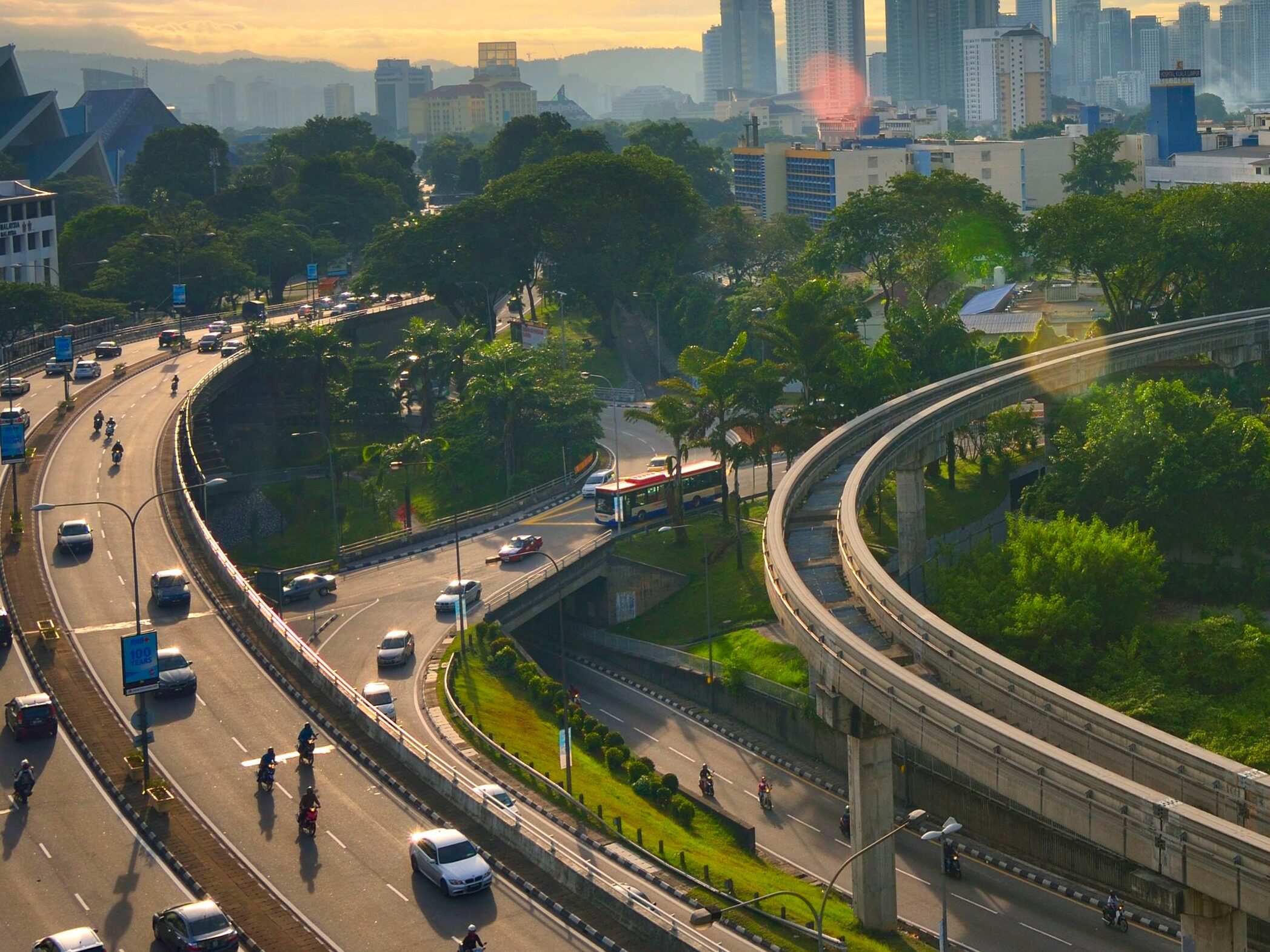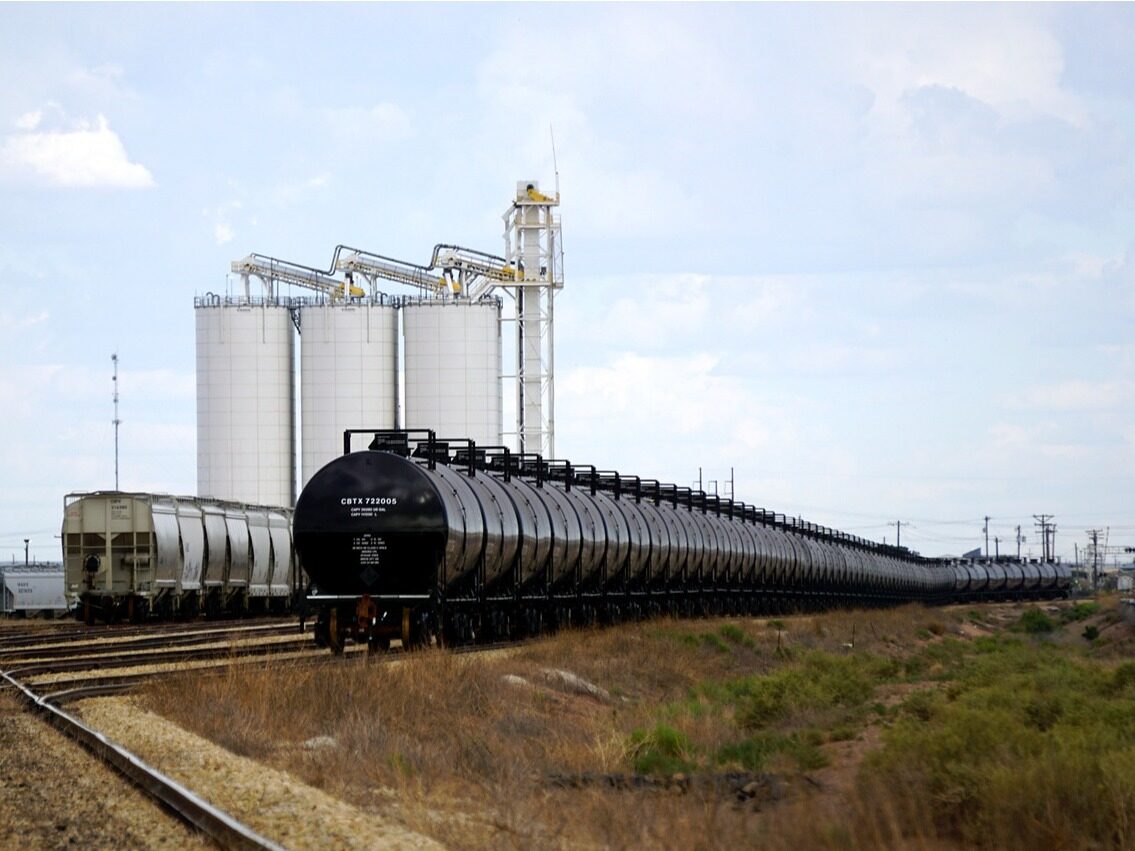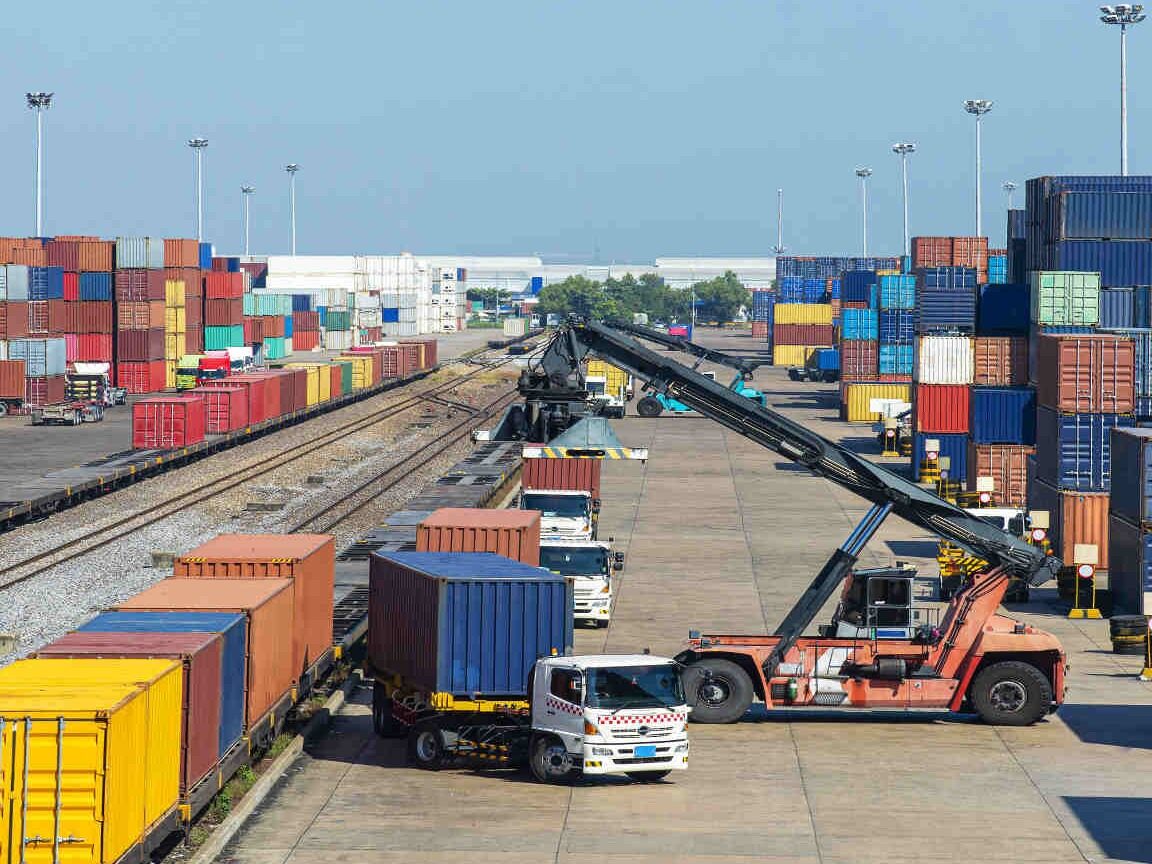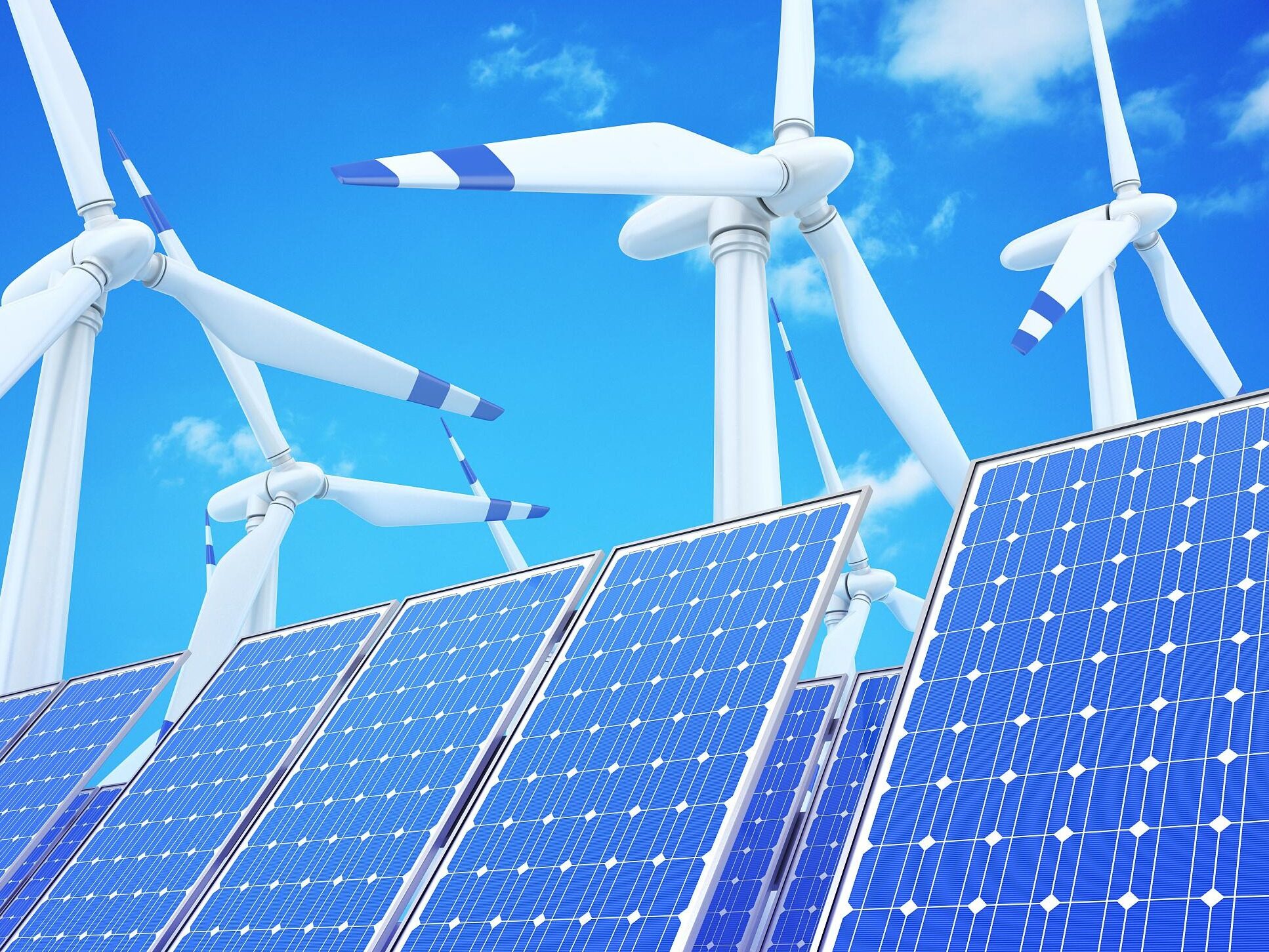
- For some time to come, the Malaysian government’s goal is to improve connectivity with underdeveloped regions
In the next few years, the development of transportation infrastructure will remain the focus of investment in Malaysia. The focus is on improving connectivity. Malaysian Prime Minister Ismail Sabri Jacobs submitted the "Twelfth Malaysia Plan" to Parliament ( 2021-2025). The plan aims to build a "prosperous, inclusive and sustainable Malaysia" and clarifies the focus of the Malaysian government's economic and social development in the next five years. From the perspective of infrastructure, connectivity and sustainability have become important directions for infrastructure investment in Malaysia, and there is huge potential for development in areas such as transportation, renewable energy, and water conservancy infrastructure.
The logistics industry has been identified as a key economic growth area for the Malaysian government in the next few years. Therefore, port capacity and roads need to be increased to support the flow of goods trade. The “12th Malaysia Plan” focuses on improving connectivity, and transportation infrastructure remains the focus of investment in the next few years. First, the plan emphasizes the need to strengthen the construction of road and railway networks connecting airports, ports, industrial areas and major urban centers. For example, the plan’s goal is to build 2,800 kilometers of paved roads to improve connectivity in rural areas, and there are also several key projects, including the Kota Bharu-Gula Highway Territory (KBKK), the West Coast Highway and the Central Spine road. The government will provide financial support and strengthen the industry’s institutional framework and supervision to encourage investment. Second, underdeveloped areas such as rural areas will benefit from it. 50% of government spending will be prioritized for road and railway construction in Sabah, Sarawak, Kedah, Kelantan and Terengganu states. According to the Fitch Key Projects database, transportation infrastructure projects account for more than half of all preparatory projects (projects in the planning and construction stage). These include the highly-regarded KotaBharu-KualaKrai Expressway (KBKK), West Coast Expressway, CentralSpineRoad (CSR), Gemas-Johor-Bahru Electric Double Rail (GJB) and East Coast Railway (ECRL).
As part of the "12th Malaysia Plan", environmental sustainability has been listed as a priority for the next five years. The Malaysian government has pledged to stop the construction of new coal-fired power plants, achieve carbon neutrality by 2050, and introduce a national energy policy to reduce energy consumption in the industrial and commercial sectors and promote the realization of carbon neutrality goals. At present, the government is formulating a roadmap for the transition to renewable energy in 2035. This roadmap may include strategies such as peer-to-peer power trading and the transition to a mandatory renewable energy certificate market. At the same time, in recent years, the Malaysian government has issued a series of laws and regulations to encourage the investment and development of renewable energy, including feed-in tariffs, tax incentives, and renewable energy auctions. In terms of financing incentives, the Malaysian government plans to provide government guarantees for the "green cost" part of the corporate financing amount through the Green Technology Financing Program (GTFS) 3.0, with a capital scale of 2 billion ringgit (approximately US$485 million). The 2021 budget also mentioned that the green investment tax exemption and green income tax exemption will be extended to the 2025 collection year.
Malaysian water projects are highly dependent on government funding. Driven by the sustainable goals, the Malaysian government will continue to invest in the country's water conservancy infrastructure to solve problems such as water shortages, water cuts, and aging infrastructure, and to better respond to climate change and floods. Elsewhere, Malaysia’s stronger push for sustainability and accelerated green infrastructure has also brought upside risks to Fitch’s energy and utility forecasts, especially for renewable energy forecasts. "Our power team expects that non-hydro renewable energy production capacity will grow strongly in the next ten years, especially as it replaces decommissioned thermal power plants," the research organization predicts. Keywords: infrastructure construction, infrastructure construction, planning investment
As coal-fired projects are already facing resistance in the market, because it is becoming increasingly difficult to build them from environmental opposition and reduced financing supplies, this just reaffirms the pessimistic prospects of Fitch’s solutions for coal-fired projects in preparation. Editor/Xu Shengpeng
Comment
 Praise
Praise
 Collect
Collect
 Comment
Comment
 Search
Search














Write something~